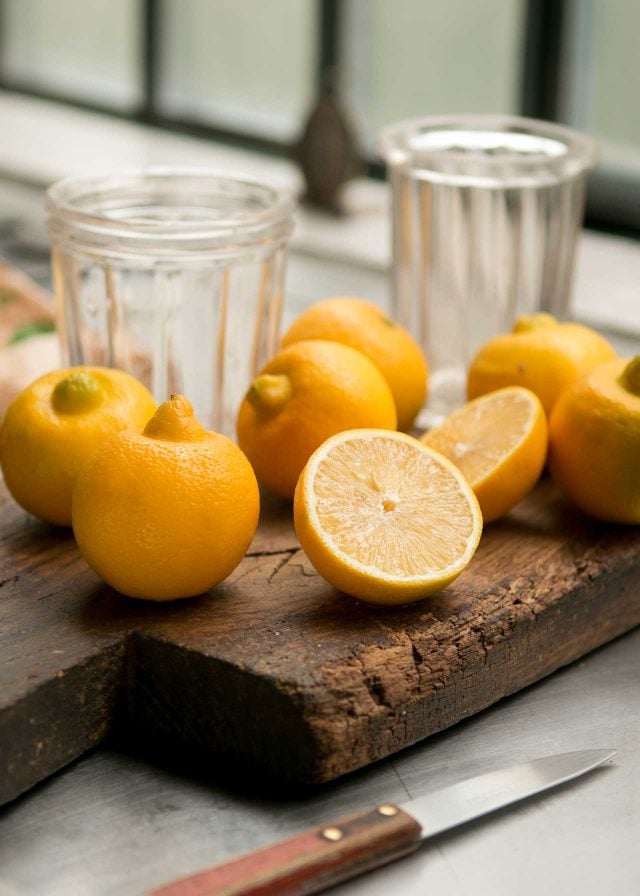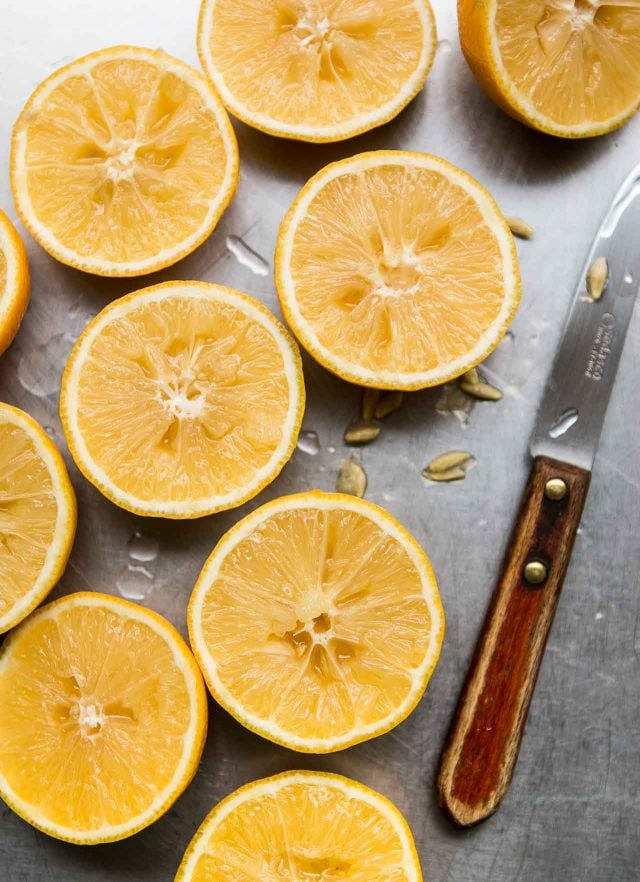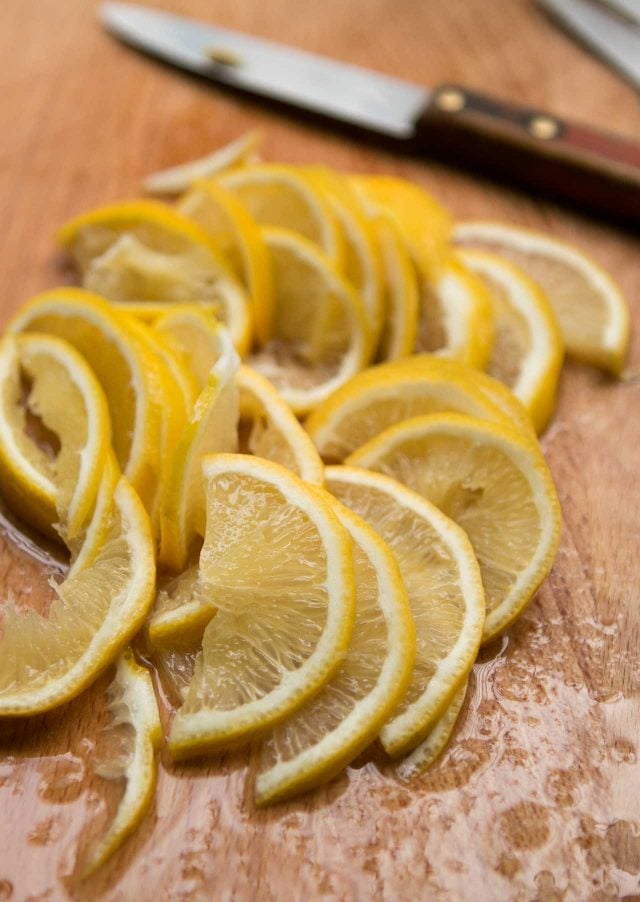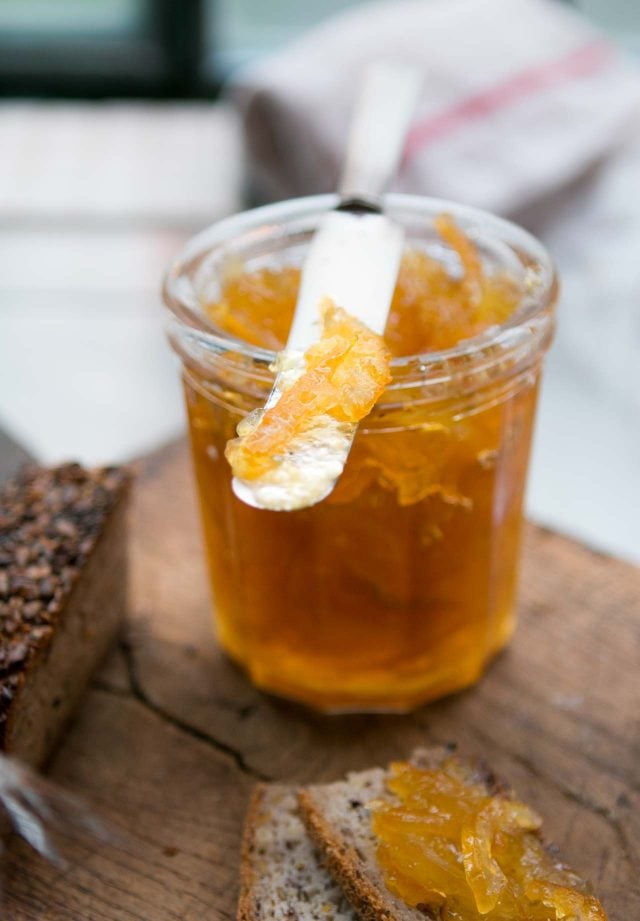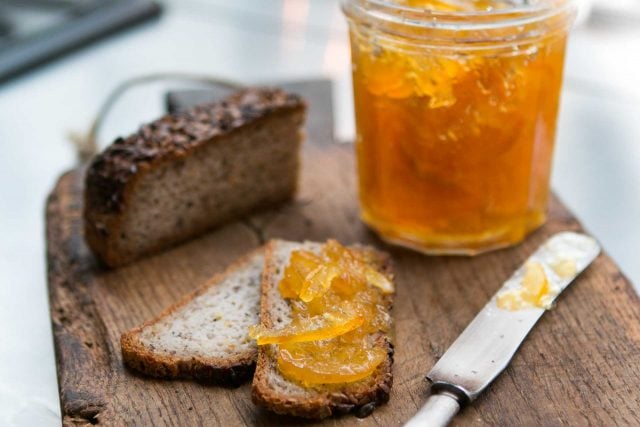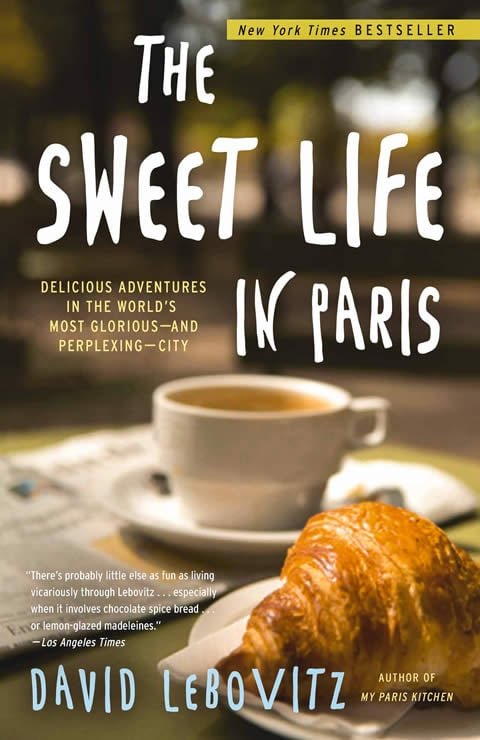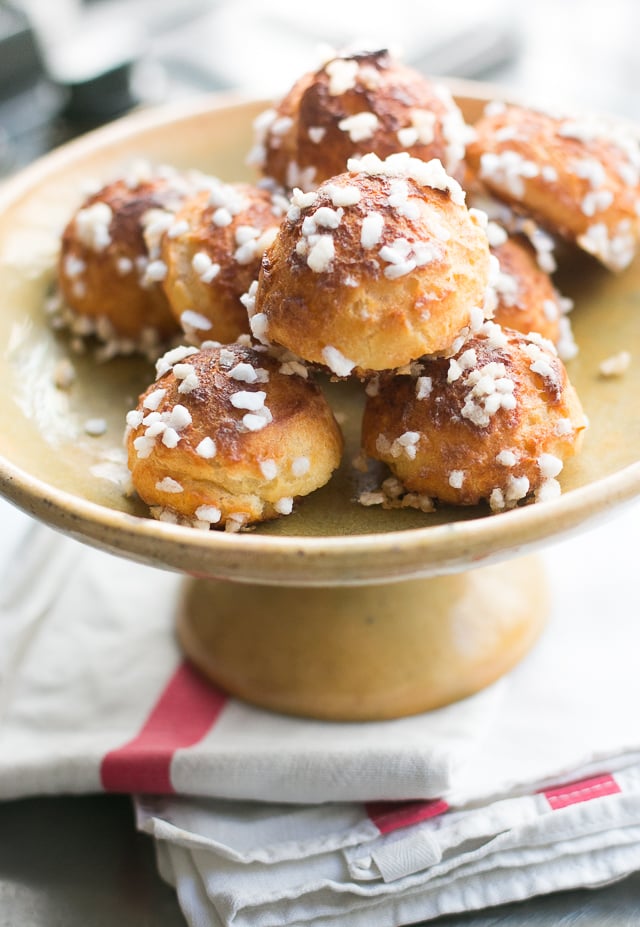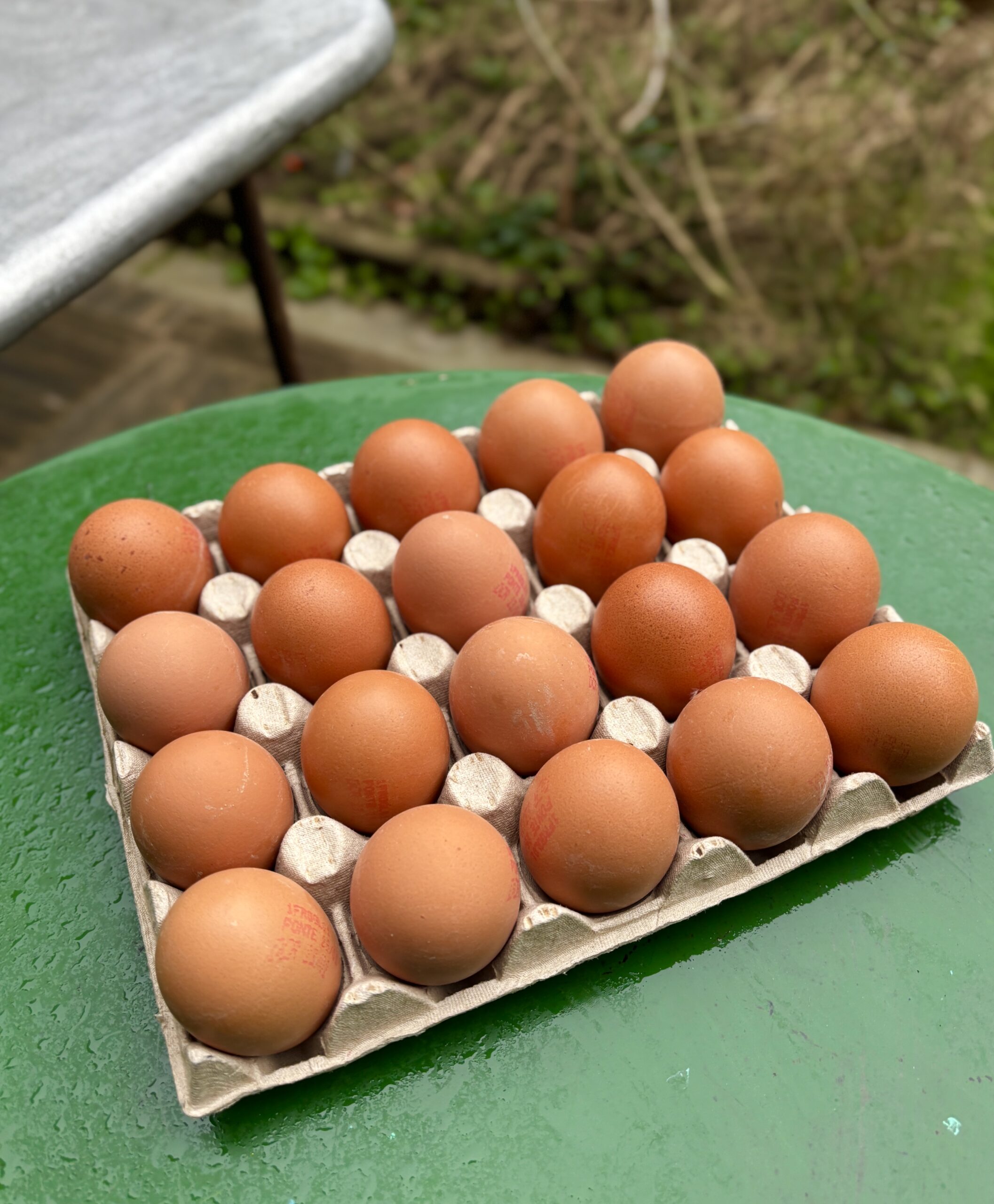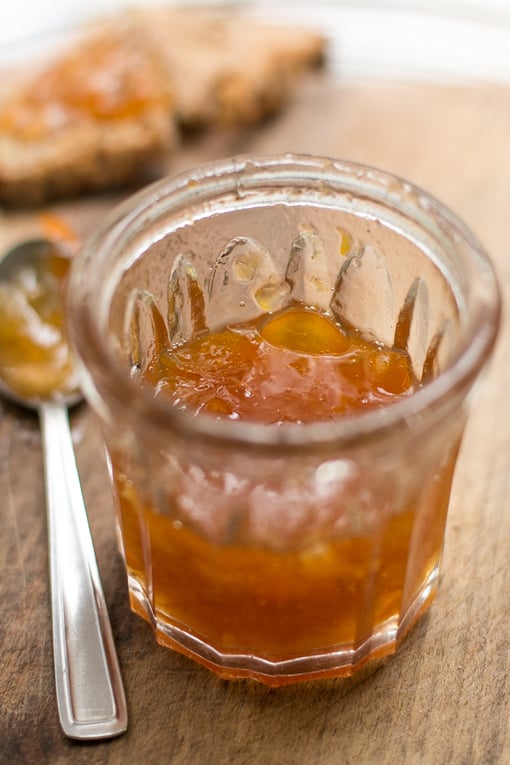Sweet Lemon (bergamot or Meyer lemon) Marmalade
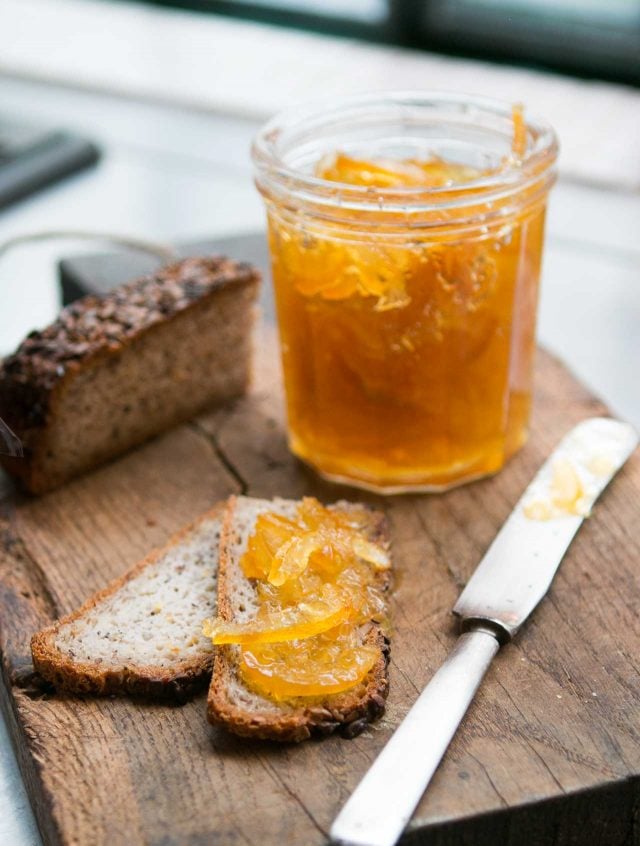
Bergamots aren’t something one runs across every day in the supermarket, or even at greengrocers. But mid-winter, depending on where you live, you just might get lucky and happen across some, as I recently did in Paris. But no matter, this recipe can be made with other kinds of lemon, especially “sweet” lemons, such as Meyer lemons.
There’s conflicting information on what a bergamot actually is, but it’s definitely a member of the citrus family and most consider it to be a relative of the bitter orange, which might have been mated with a lemon at some point in its murky past.
Most are familiar with the fruit because the oil from the peel is used to flavor Earl Grey tea. In France, many people are familiar with bergamot as they’re used to make the balmy-tasting Bergamots de Nancy hard candies, from the Lorraine region.
When buying citrus for jam-making, be sure to source organic or unsprayed fruits. Because you’re eating the entire fruit, including the peel, it’s good to make sure the fruit hasn’t been sprayed with anything you wouldn’t feel comfortable ingesting. You want the finished marmalade to be something you’re happy to eat!
Some people are put off by the price of organic produce, and yes, I pay a little more when I shop at the organic stand at my market. But the entire bag of the ones I bought to make this marmalade was under €6 ($6), and I got two lovely jars of jam from the lovely fruits I plucked from the bag when I got home.
Because of the longer cooking, the color of the lemons will concentrate and won’t be as sunny-colored as the fresh fruits, but no matter. The flavor will shine through, especially when spread on your favorite toast for breakfast the next morning, which I did with some grainy bread I picked up at Chambelland bakery in Paris.
As mentioned, you might not be able to find bergamots (and I’ve linked below to articles on what they are), but if you have lemons, don’t make lemonade – make marmalade!
Bergamot Marmalade
- 8 bergamots (about 700g) or Meyer lemons, organic or unsprayed
- 3 cups (600g) sugar
- 4 cups (1L) water, plus more for blanching the bergamots
- pinch of sea salt
- optional: 2 teaspoons, kirsch or limoncello
- Rinse and dry the bergamots, trim off the stem ends, then cut each in half and pluck out the seeds.
- Slice the bergamots as thinly as possible. Tip: If you have trouble getting them very small, after slicing, you can use a chef’s knife to chop them to the right size. Don’t use a food processor, as that will make the marmalade muddy.
- Put in a large pot, cover with water, and bring to a boil. Let boil for five minutes, then drain well.
- Return the bergamots to the pot, add the sugar, 4 cups (1l) of water, and salt, and bring to a boil. Cook the bergamots, stirring occasionally, until the marmalade begins to set using the wrinkle test: turn the marmalade off and put a dab on a plate that’s been in the freezer then check it after five minutes; if it wrinkles when you nudge it, it’s done. If not, continue to cook, repeating this step, until it reaches the desired consistency.
- Depending on the heat, the marmalade will take at least 30 minutes to reach this point, although if you’re used to making other jams, it will look slightly more liquid than others when done. You can also use a candy thermometer; the marmalade will be done when the temperature reaches around 218ºF (103ºC).
- Once done, stir in the liqueur, if using, then ladle into clean jars and twist on the lids. Once cool, store in the refrigerator, where they’ll keep for at least six months.
Notes
Related Links and Recipes
Bergamot orange (Wikipedia)
Beguiling Bergamot (Daniel Patterson)
Bergamot Madeleines (Chez Pim)
Bergamot Growers Get a Whiff of Success (BBC)
Bergamot Marmalade (Yum in Tum)
Bergamot Orange Custard Cups (Hungry Cravings)
Shallot, Beer and Cocoa Nib Marmalade
